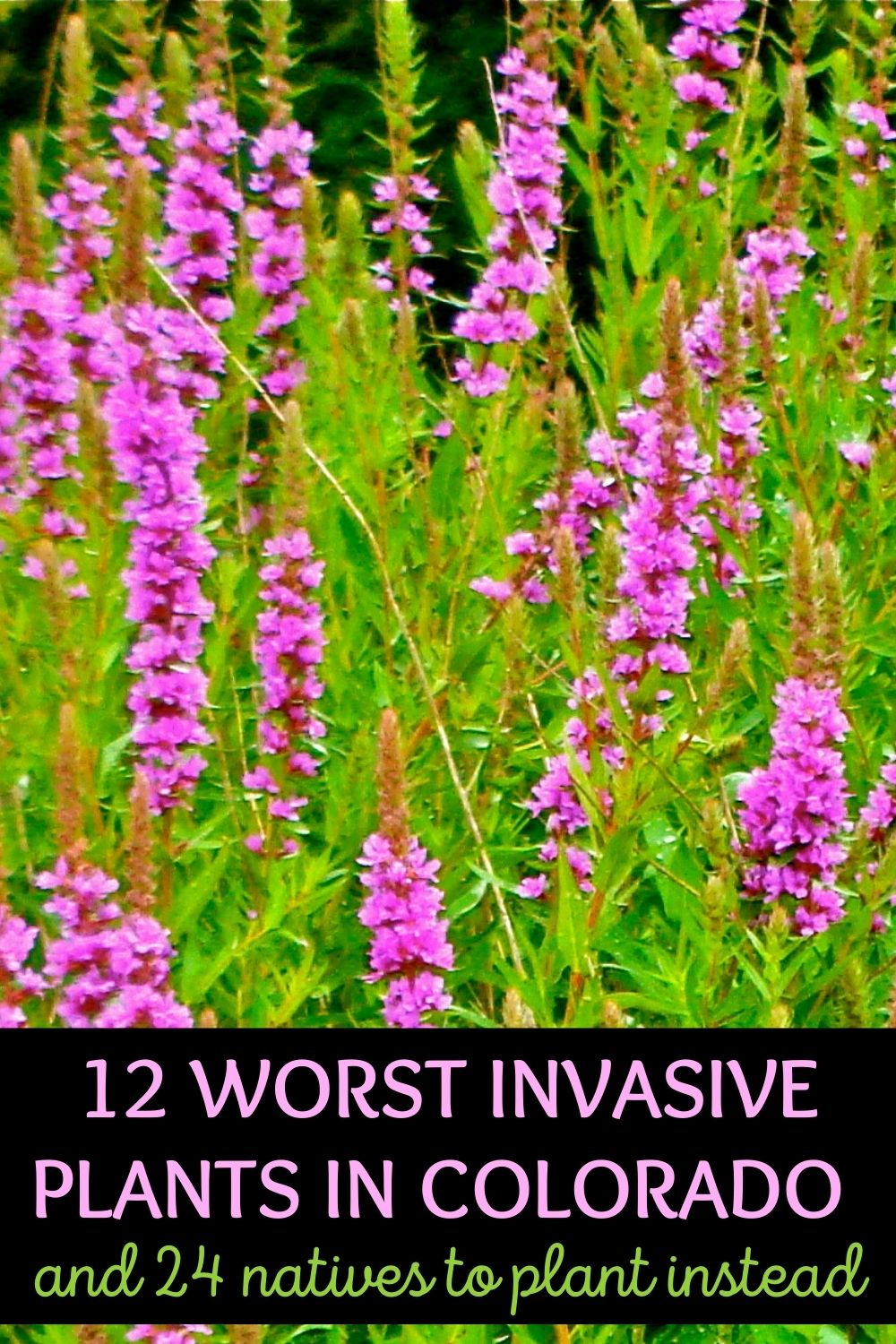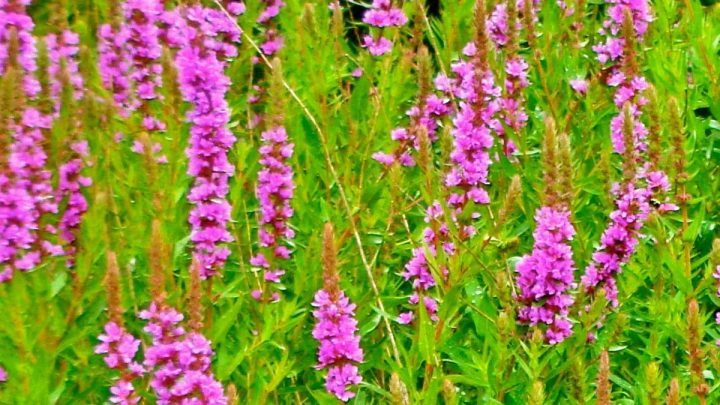Some invasive plants may be pretty, but they can cause a lot of damage! Often called “noxious weeds,” invasive plants outcompete native species for space, sunlight, nutrients, and water, in turn reducing wildlife habitat. They can even have a negative economic impact, especially in industries like agriculture, forestry, and fishing.
As a gardener, you can help by replacing invasive species in your outdoor space with native plants. Here are some of the worst invasive plants in Colorado, according to Colorado Parks and Wildlife and Colorado State University, along with native alternatives.
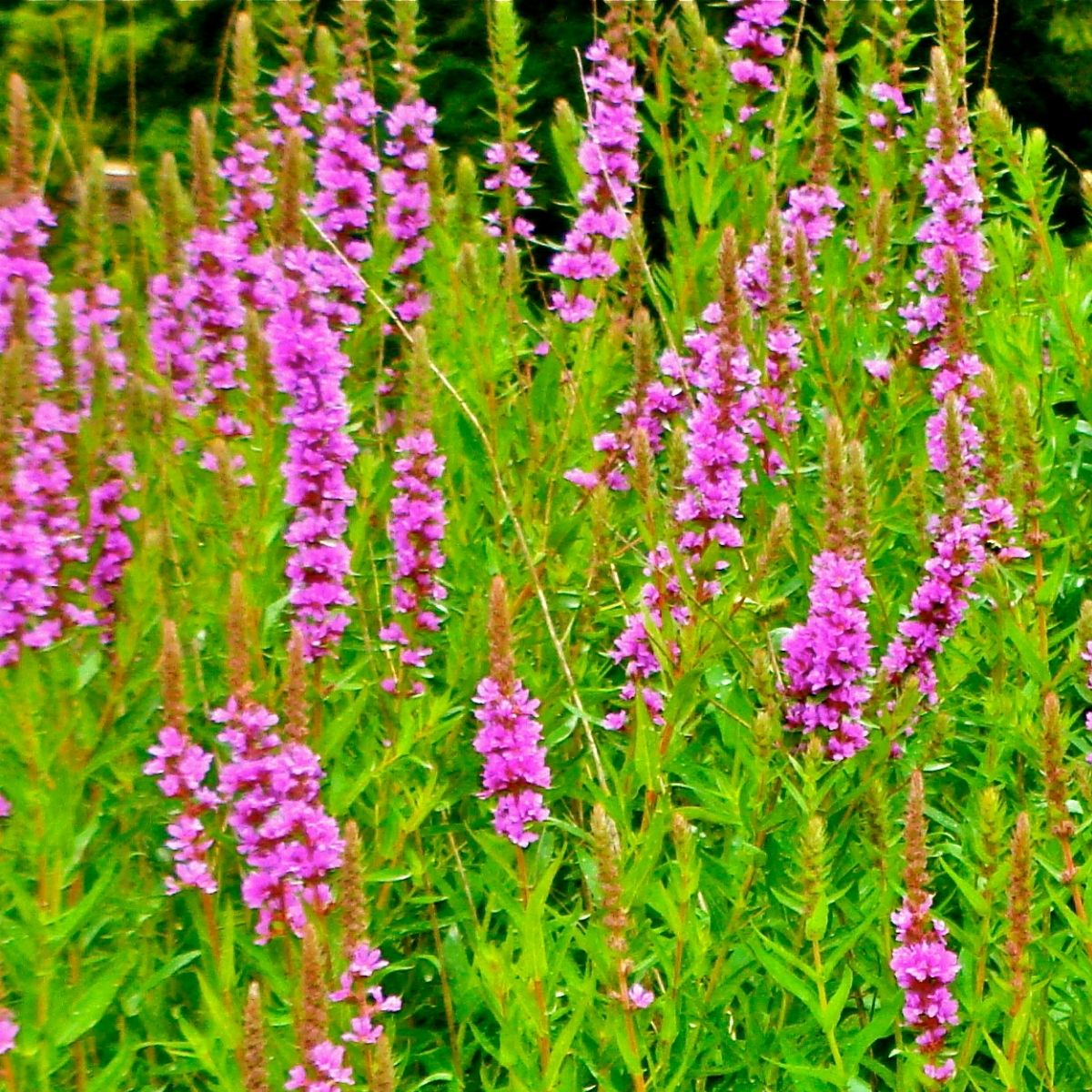
Invasive Plants in Colorado
1. Cypress spurge (Euphorbia cyparissias)
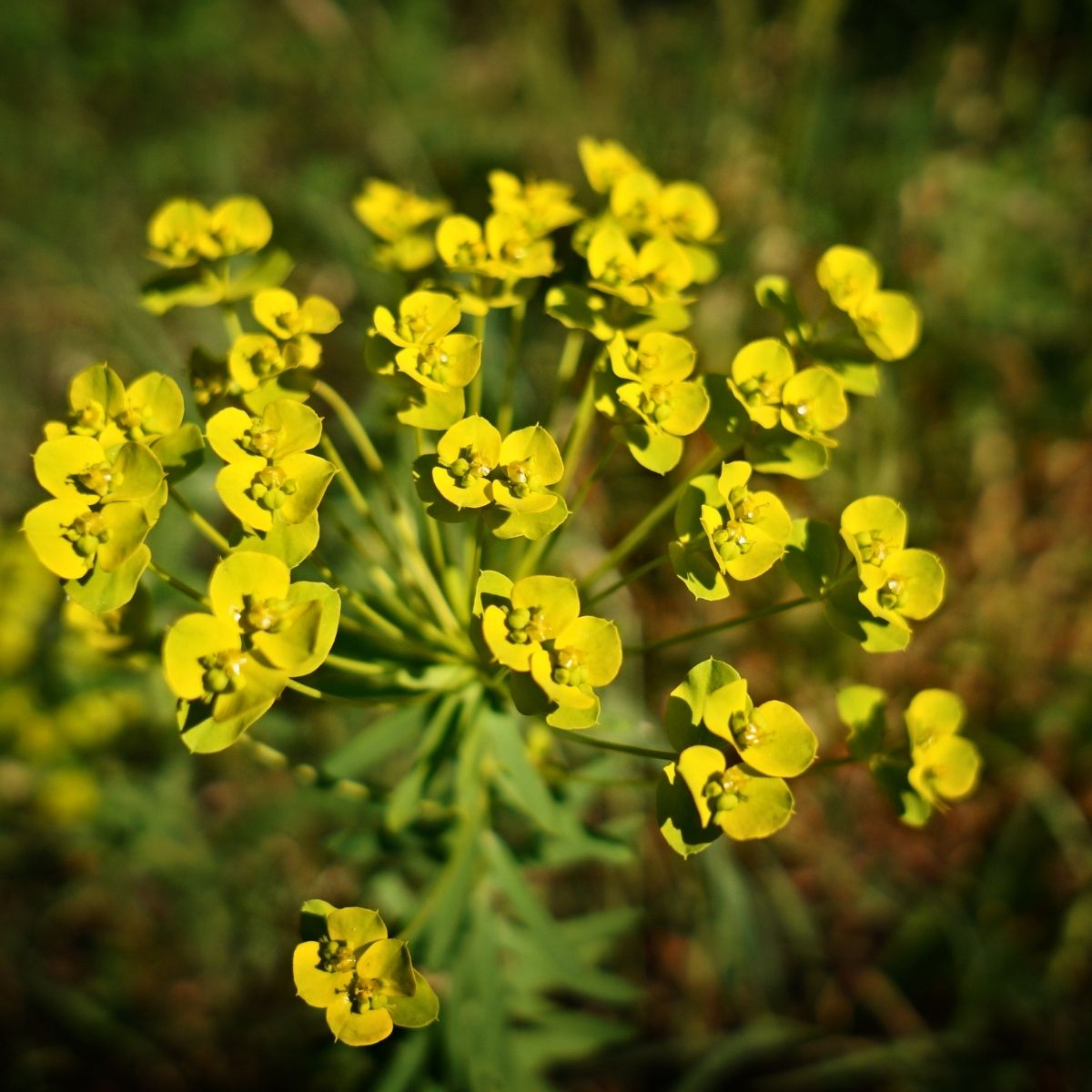
A low-growing perennial, cypress spurge has branched stems covered with narrow, stalkless leaves, all of which emit a toxic milky sap when broken. The yellow-green flower clusters mature to reddish-green.
An integrated management plan involving hand pulling or digging and careful herbicide use are key in eradicating cypress spurge. Plains zinnia (Zinnia grandiflora) and lavender-leaf sundrops (Calylophus lavandulifolius) are beautiful alternatives.
2. Dalmatian toadflax (Linaria dalmatica and L. genistifolia)
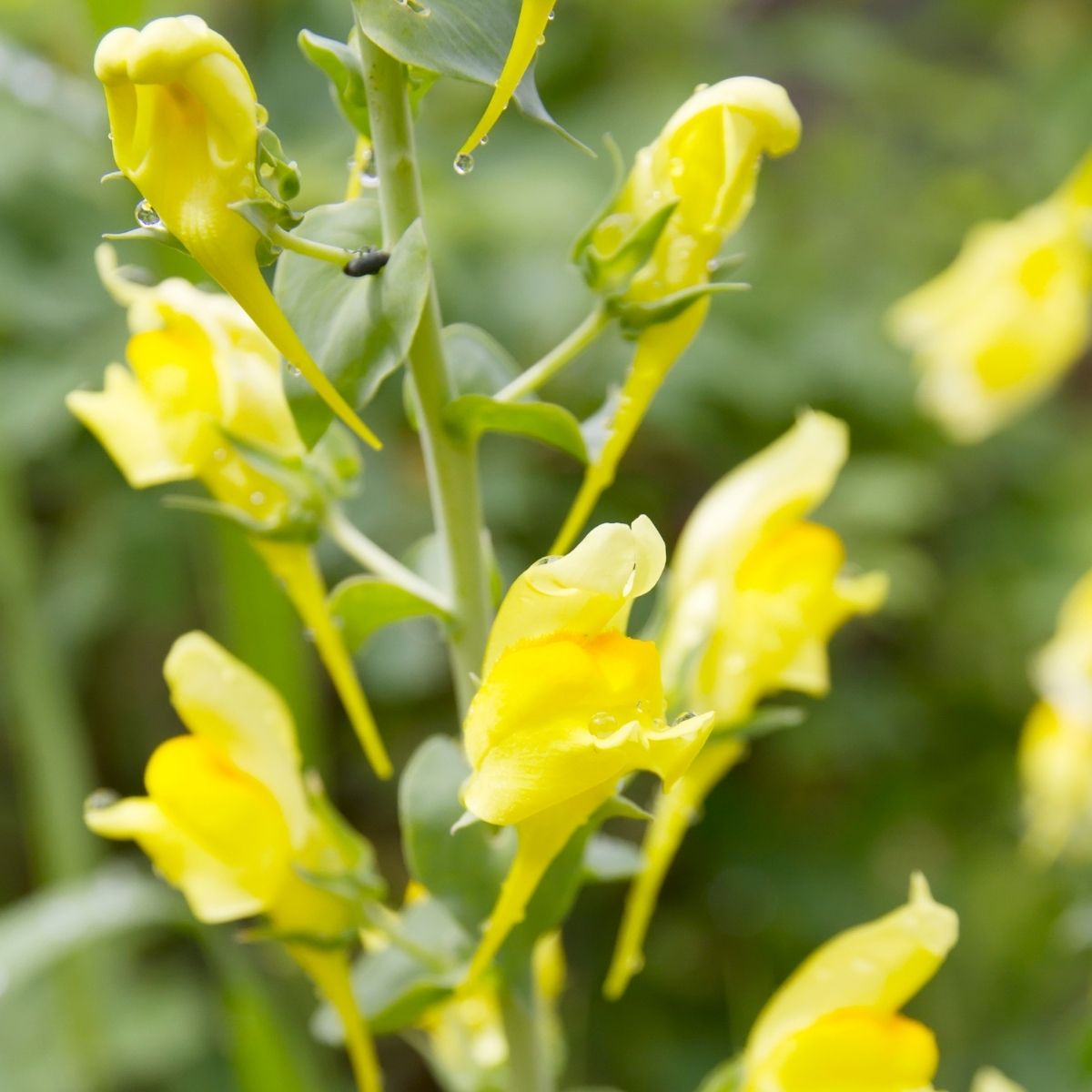
Dalmatian toadflax features bright yellow, snapdragon-like blossoms with orange throats and thick, heart-shaped leaves that wrap around the stem and have a bluish cast and waxy texture.
Integrated weed management works best in controlling Dalmatian toadflax, with a combination of hand pulling, seeding competitive grasses, and/or applying herbicide. Choose native yellow flowers instead, like Jerusalem artichoke (Helianthus tuberosus) or golden columbine (Aquilegia chrysantha).
3. Dame’s rocket (Hesperis matronalis)
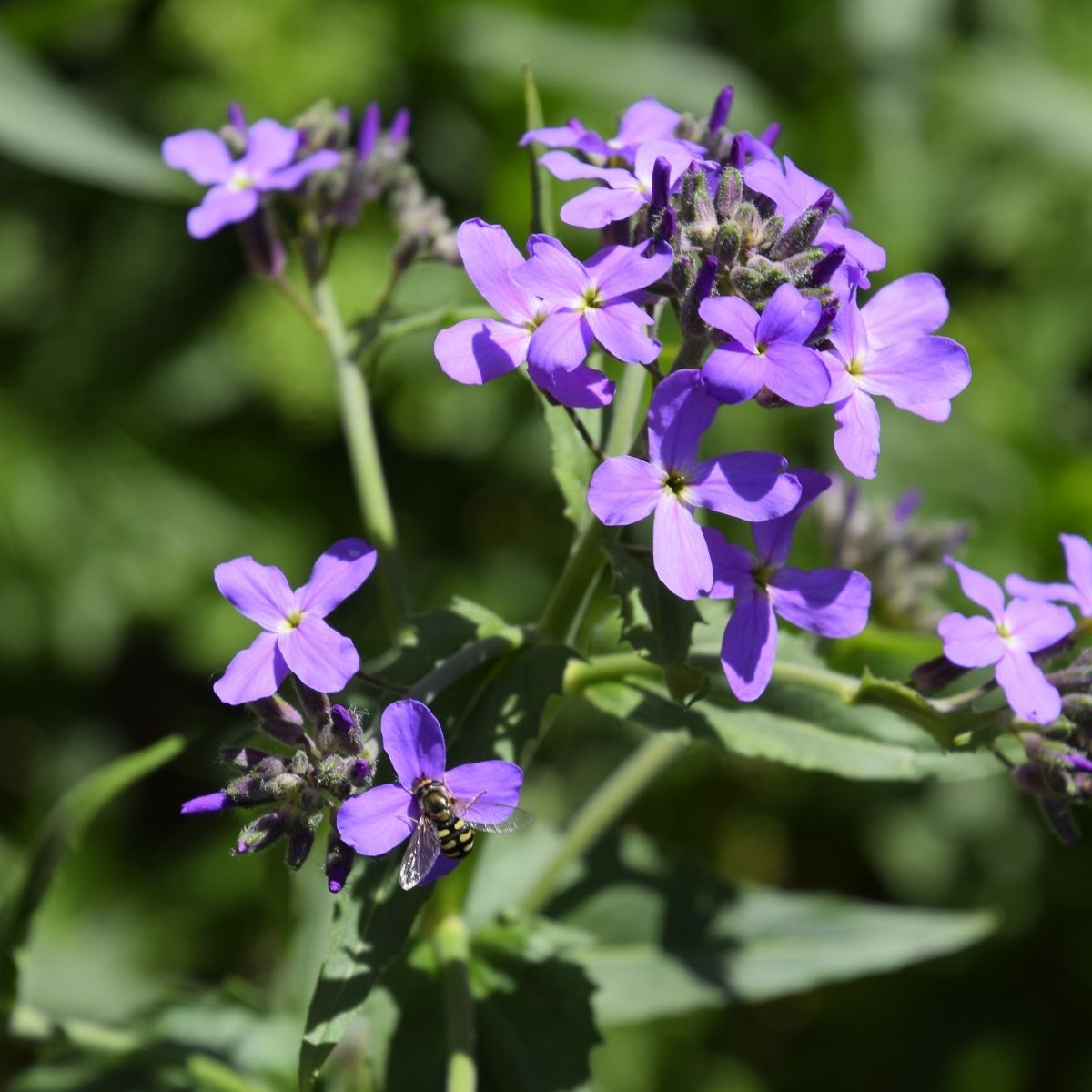
Growing one to three feet tall, dame’s rocket has erect, hairy stems covered in alternate lanceolate leaves. This brassica produces loose racemes of white to fuchsia flowers with four petals and four sepals, sometimes confused with garden phlox or fireweed.
Pull dame’s rocket before flowering and seed development, making sure to remove as many of the roots as possible. Goat grazing and target herbicide use are also effective. Replace with similar native wildflowers like fireweed (Chamaenerion angustifolium) or fairy trumpets (Ipomopsis aggregata).
4. Meadow knapweed (Centaurea pratensis)
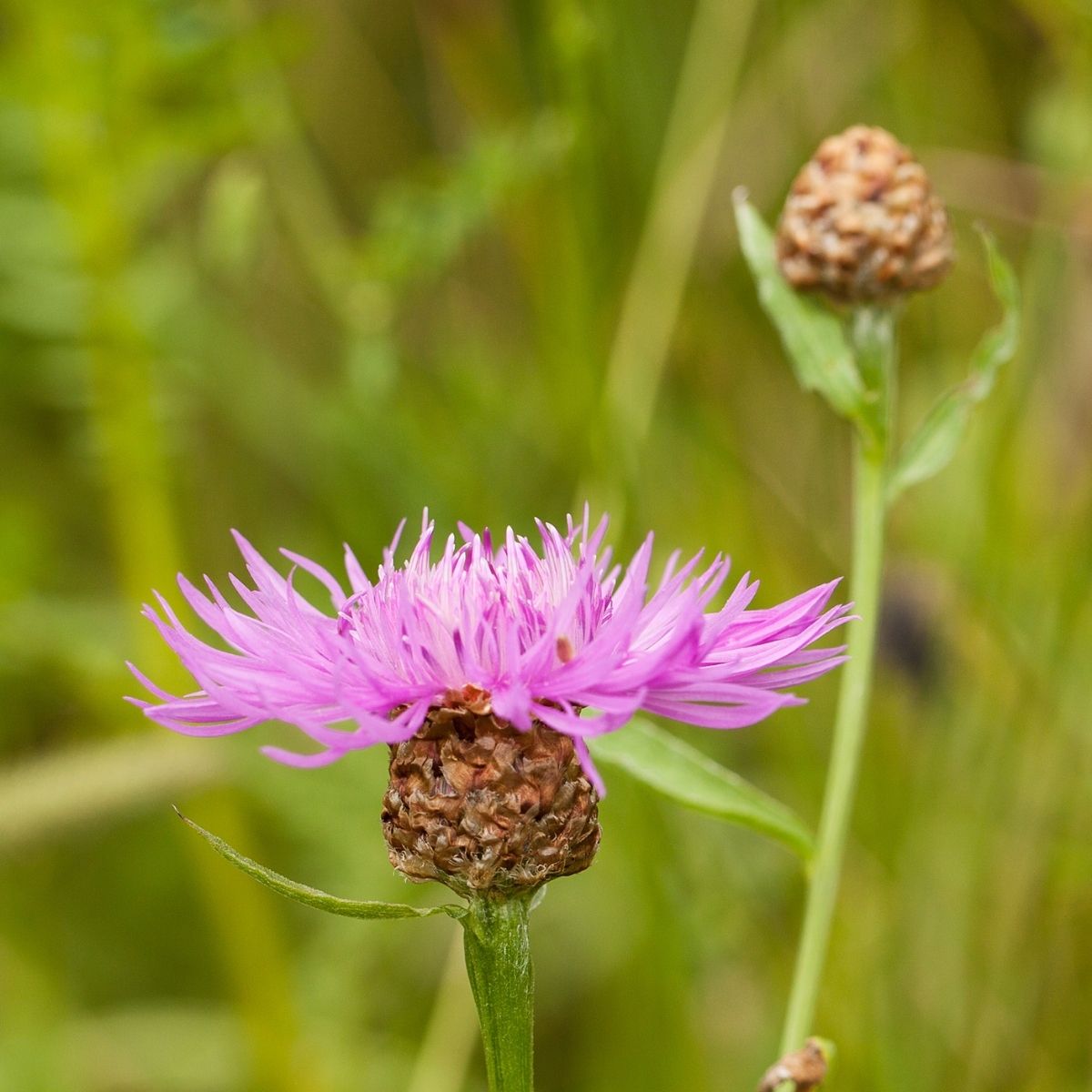
Meadow knapweed produces masses of upright stems from a woody crown, reaching about two to three feet tall. Solitary, pink to purple flowers resembling thistle blossoms appear singly above the narrow foliage.
Effective control involves a combination of mechanical methods – such as hand pulling or digging – and herbicide use. Attractive native alternatives include blazing star (Liatris punctata) and purple prairie clover (Dalea purpurea).
5. Myrtle spurge (Euphorbia myrsinites)
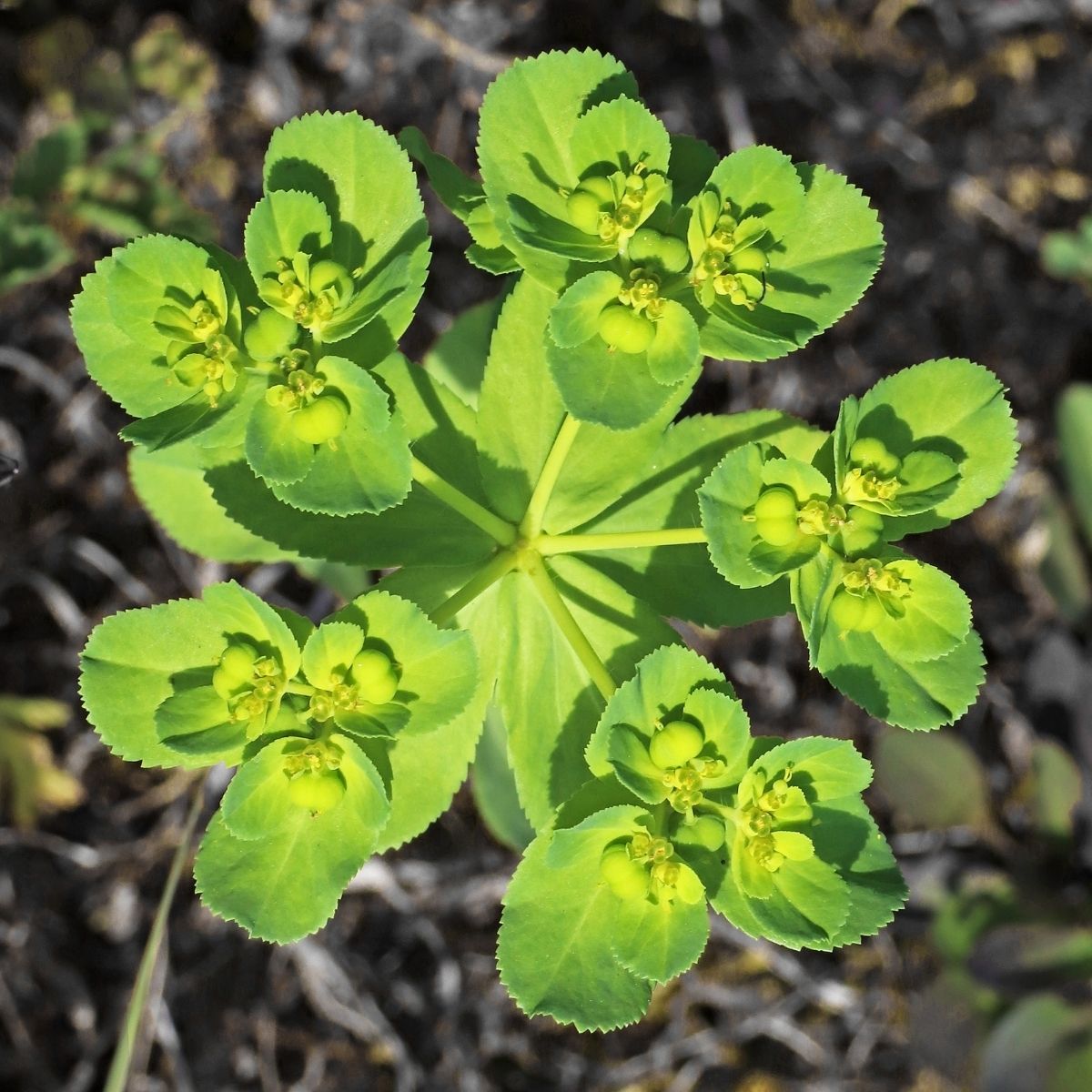
A low-growing, trailing plant, myrtle spurge has waxy, fleshy, blue-green leaves and inconspicuous flowers with yellow-green bracts. This poisonous plant contains a milky sap that causes severe skin irritations.
Remove plants before seed set (wear gloves and eye protection!) or spot treat with herbicide. Replace with natives like fringed sage (Artemisia frigida) or heartleaf Alexanders (Zizia aptera).
6. Orange hawkweed (Hieracium aurantiacum)
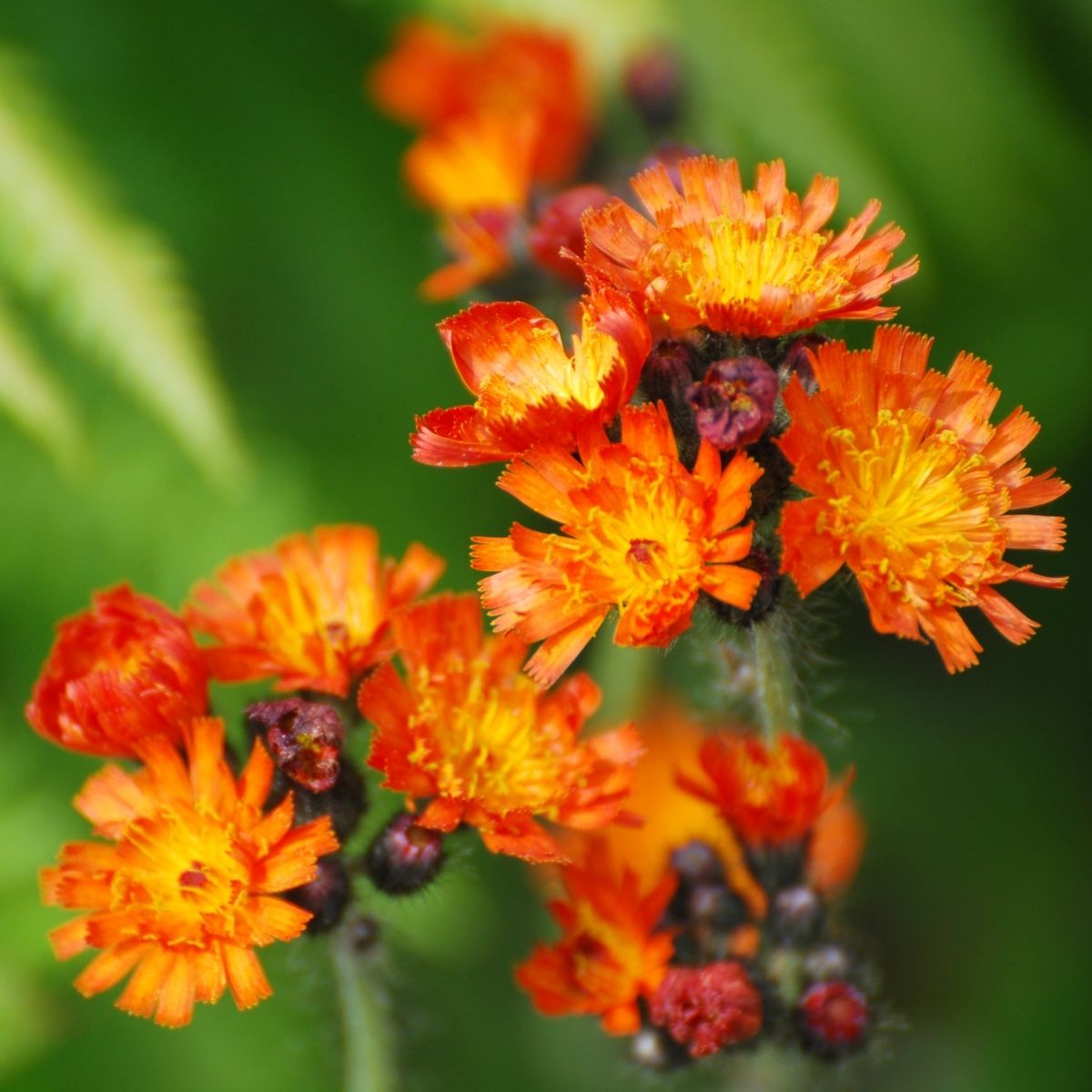
Orange hawkweed features striking red-orange flowers with notched petals. It has hairy basal leaves, sometimes with one or two leaves on the bristly stems as well. These bright flowers typically grow in clusters and reach up to 20 inches tall.
Careful herbicide application is the most effective way to eradicate orange hawkweed. Encourage the growth of native forbs and grasses, and plant equally vibrant native wildflowers such as butterfly weed (Asclepias tuberosa) and scarlet globemallow (Sphaeralcea coccinea).
7. Oxeye daisy (Chrysanthemum leucanthemum)
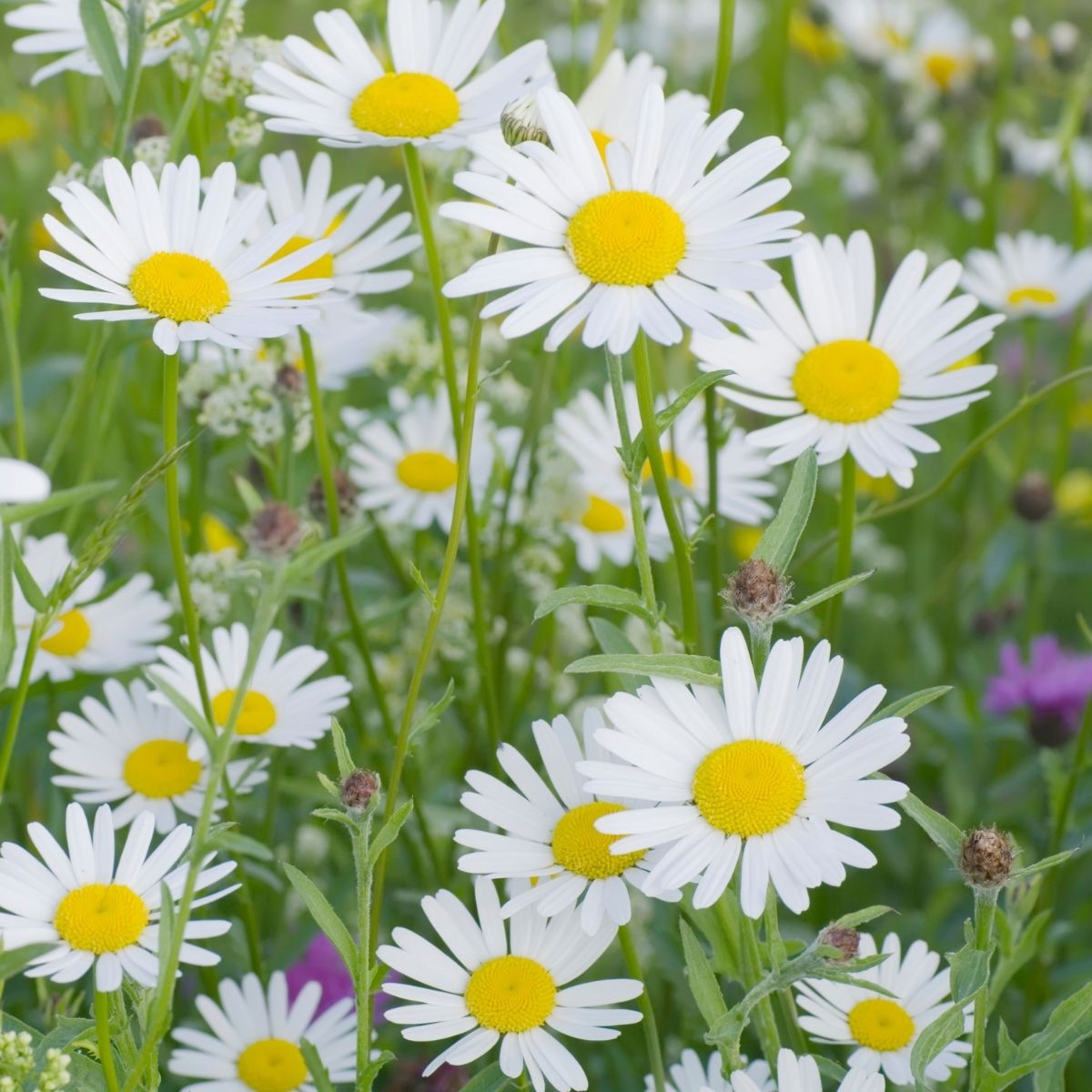
A classic flower with white petals around a sunny yellow center, oxeye daisy is a short-lived, rhizomatous perennial up to two feet tall. It has toothed leaves, one- to three-inch blossoms, and an aggressive spreading habit.
Always check “wildflower” seed mixes for oxeye daisy (and other invasive plants!) before purchasing or sowing. Effective control methods include pulling, digging, goat or sheep grazing, mowing before flowering, and careful herbicide use. Plant native aspen daisy (Erigeron speciosus) or white goldenrod (Oligoneuron album) instead.
8. Purple loosestrife (Lythrum salicaria)
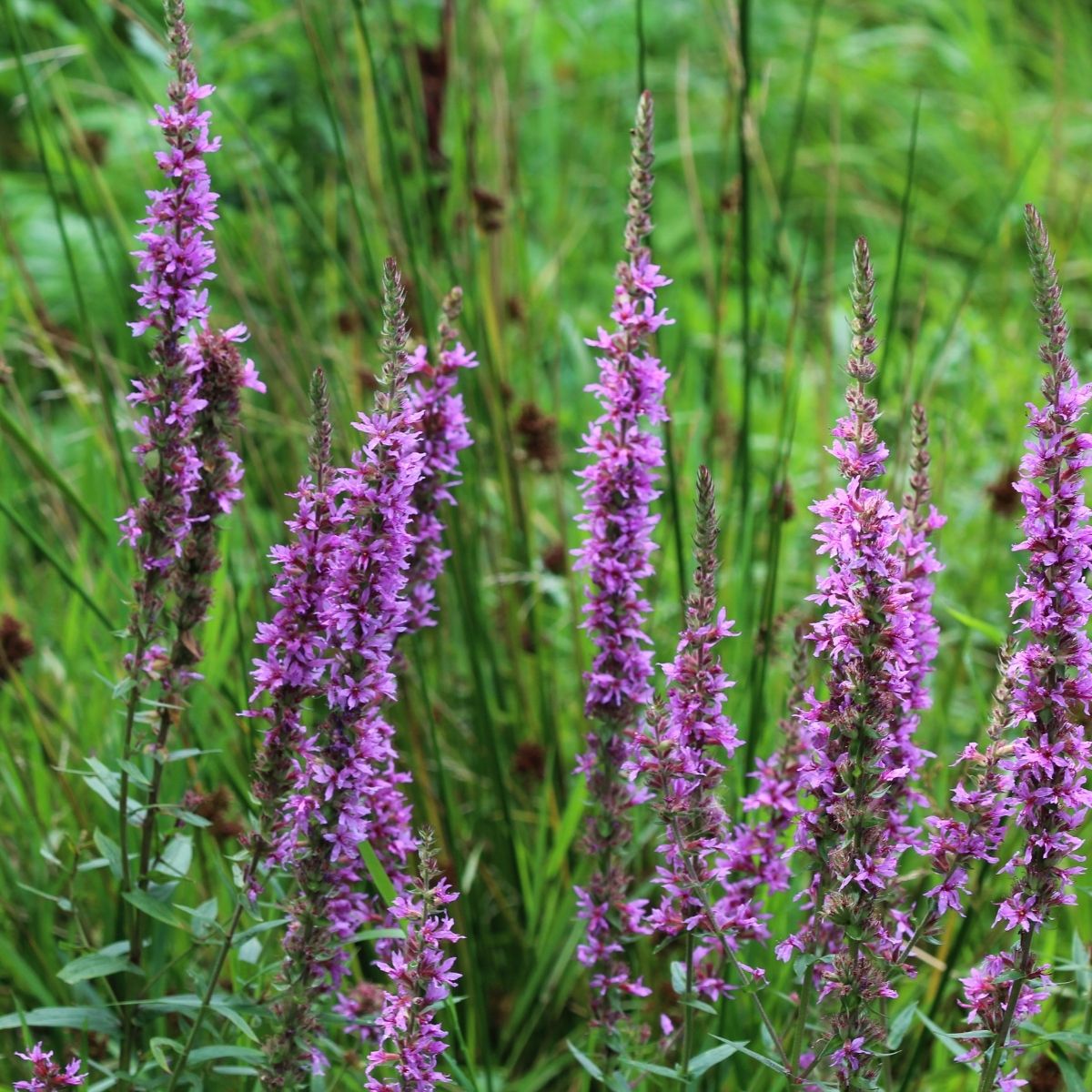
Purple loosestrife has whorled, lance-shaped leaves with smooth edges and tall spires of rose-purple flowers that bloom from the bottom up throughout the summer.
Small infestations are easily managed by hand pulling or cutting and applying herbicide. Remove purple loosestrife before flowering, or dispose of the flowerheads to prevent seeding. Native plants with similar showy flower spikes include large beardtongue (Penstemon grandiflorus) and silver lupine (Lupinus argenteus).
9. Russian olive (Eleagnus angustifolia)
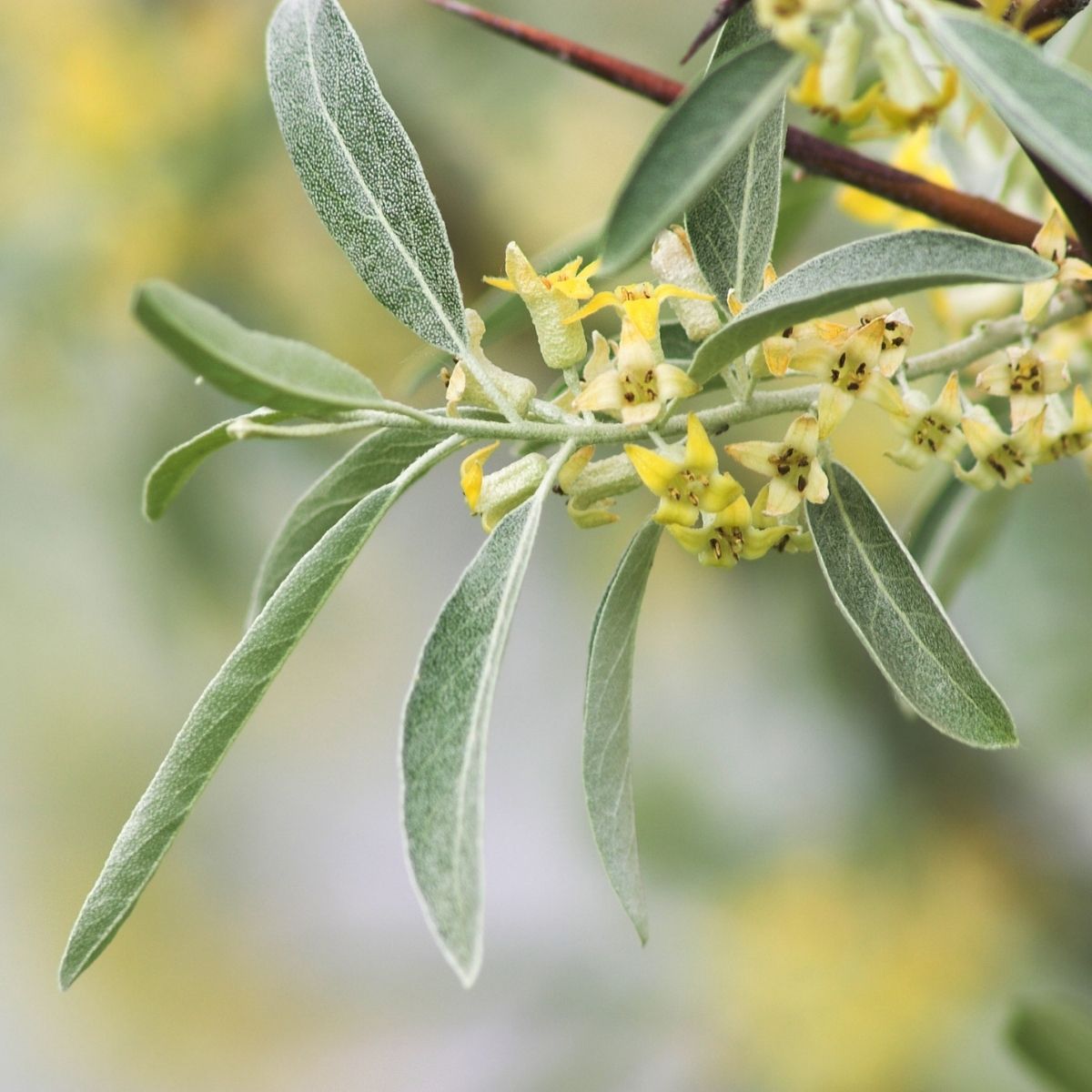
Russian olive is a small tree or large shrub with silvery leaves and large thorns. Mature trees also have shedding, reddish bark and clusters of fragrant, pale yellow flowers followed by yellow-red fruits.
Cut Russian olive and apply herbicide to the stumps, ideally in late summer or early fall for best results. Plant native trees and shrubs instead, like big sagebrush (Artemisia tridentata) or western water birch (Betula occidentalis).
10. Saltcedar (Tamarix spp.)
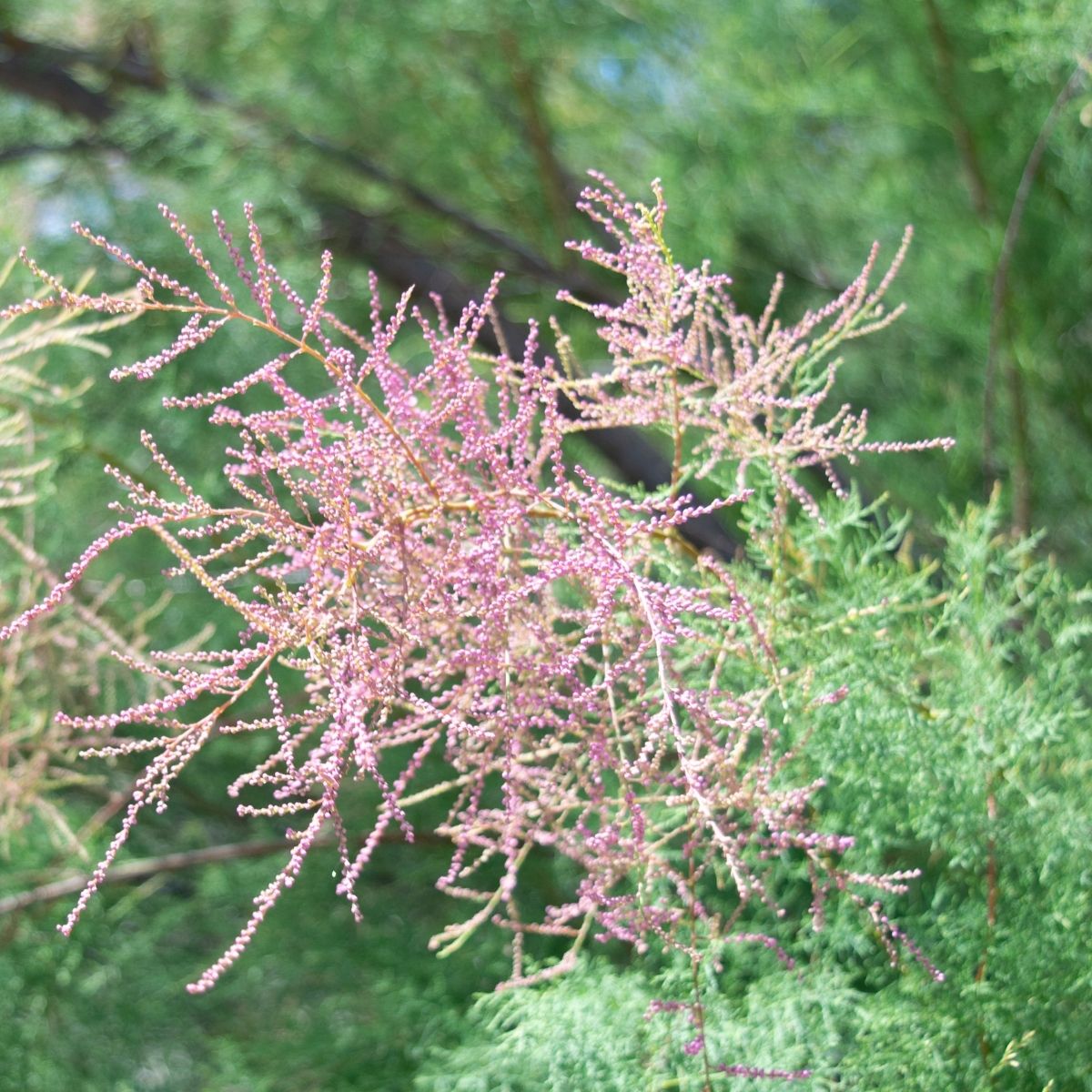
Also called tamarisk, saltcedar is a deciduous evergreen small tree or tall shrub. It features reddish bark and small, scale-like, blue-green leaves. It produces slender racemes of tiny, pink, or white flowers.
Cutting, bulldozing, or prescribed burning, followed by herbicide treatment, prove most effective in eradicating saltcedar infestations. Plant similar native trees like Rocky Mountain juniper (Juniperus scopulorum) or pinon pine (Pinus edulis).
11. Yellow starthistle (Centaurea solstitialis)
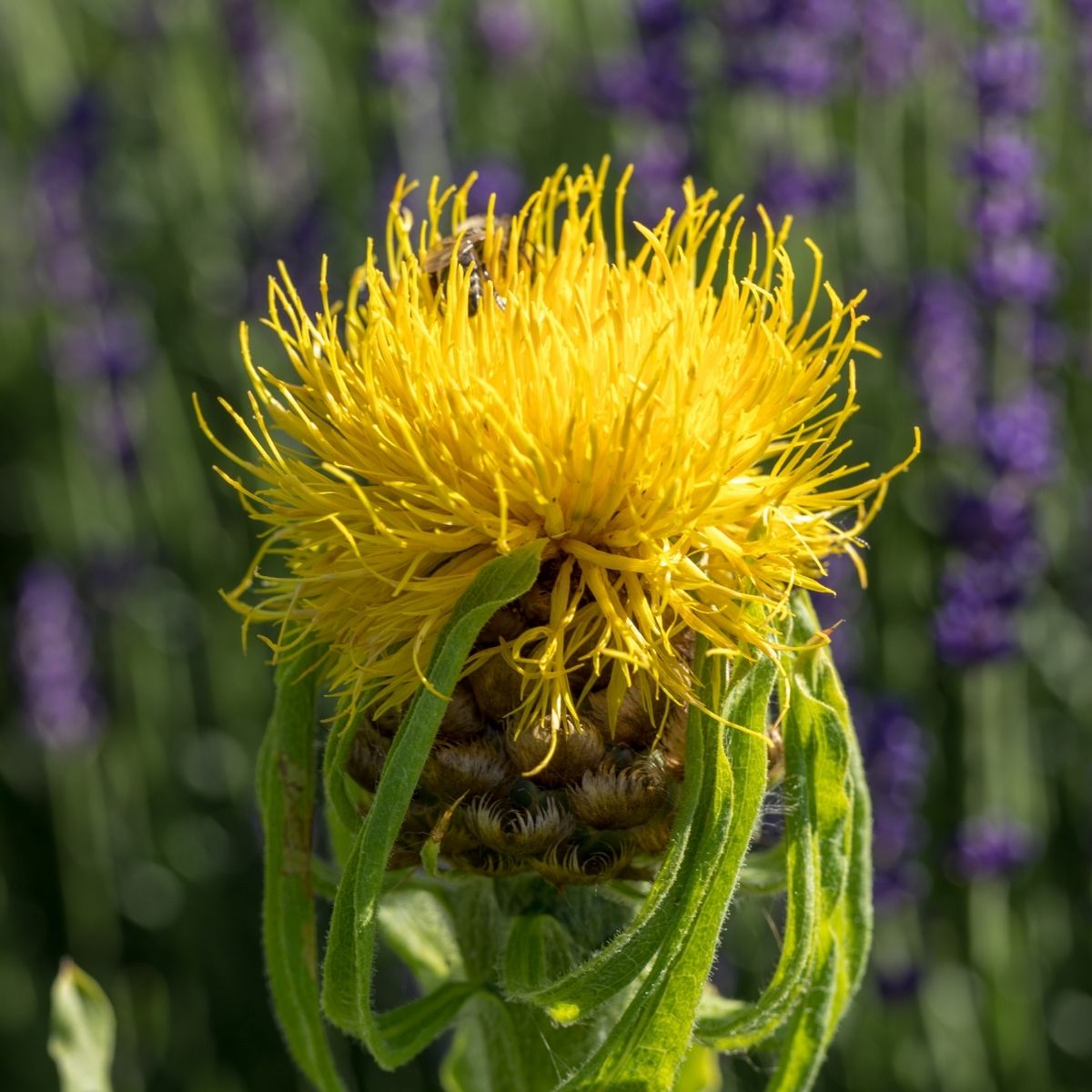
True to its name, yellow starthistle has hairy, lobed leaves, winged stems, and tufted yellow flowers with stiff spines at the base. The foliage is a unique bluish green.
Hand pull plants before flowering, or carefully bag and dispose of plants if pulling flowering specimens. Herbicide is also effective. Replace with native grasses and wildflowers like golden columbine (Aquilegia chrysantha) and prince’s plume (Stanleya pinnata).
12. Yellow toadflax (Linaria vulgaris)
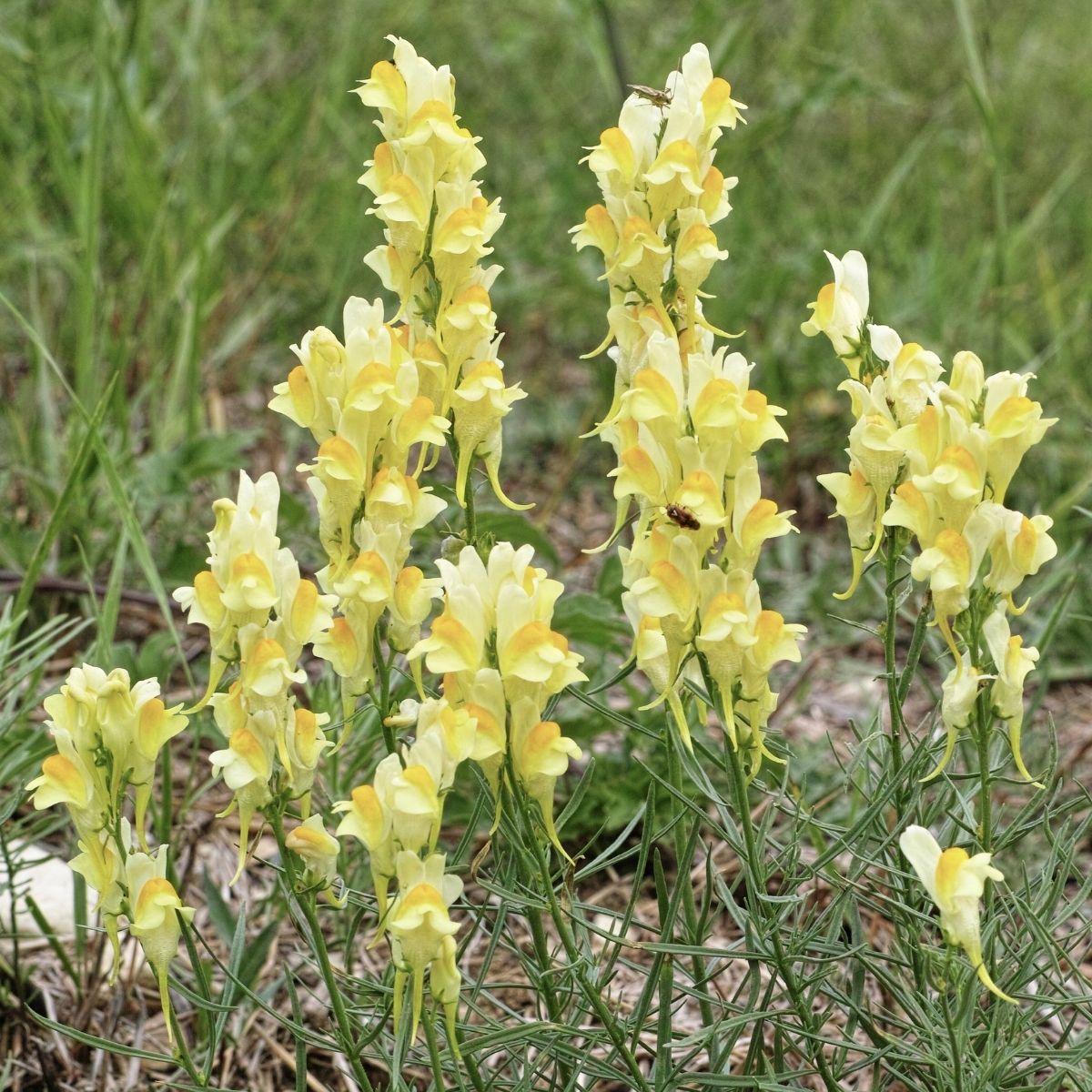
Yellow toadflax grows up to three feet tall, with woody stems growing smooth toward the top and narrow leaves. The buttery yellow flowers bloom in tall clusters and resemble snapdragons.
Hand pulling and digging are rarely effective on their own, as root fragments are almost always left behind. A combination of biological controls, herbicide use, physical removal, and/or planting native species works best. Native yellow wildflowers include golden banner (Thermopsis divaricarpa) and goldenrod (Solidago canadensis).
Be a native plant steward by educating yourself – and others – about common invasive plants in Colorado and the many beautiful native plants that can be nurtured instead.
